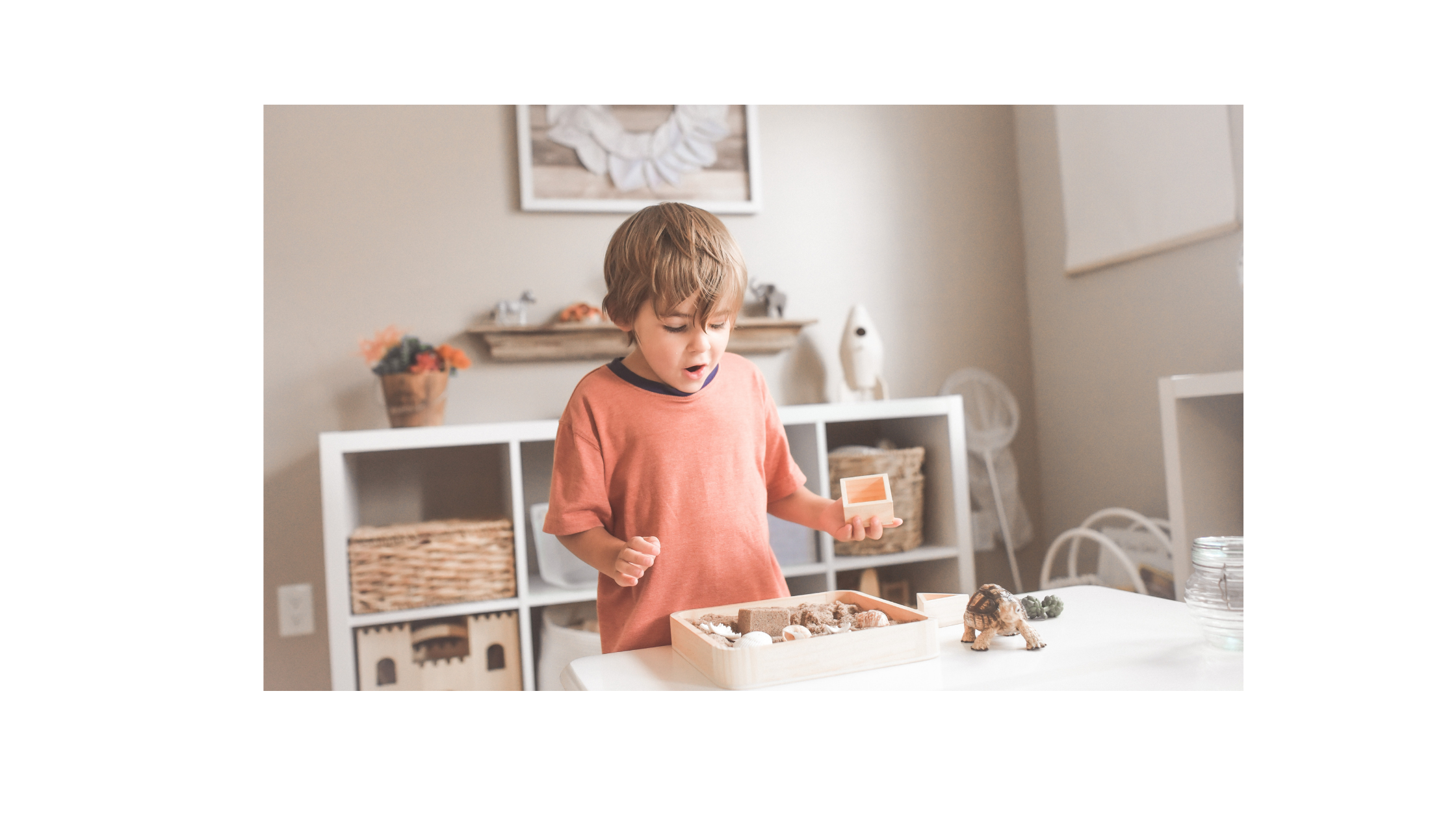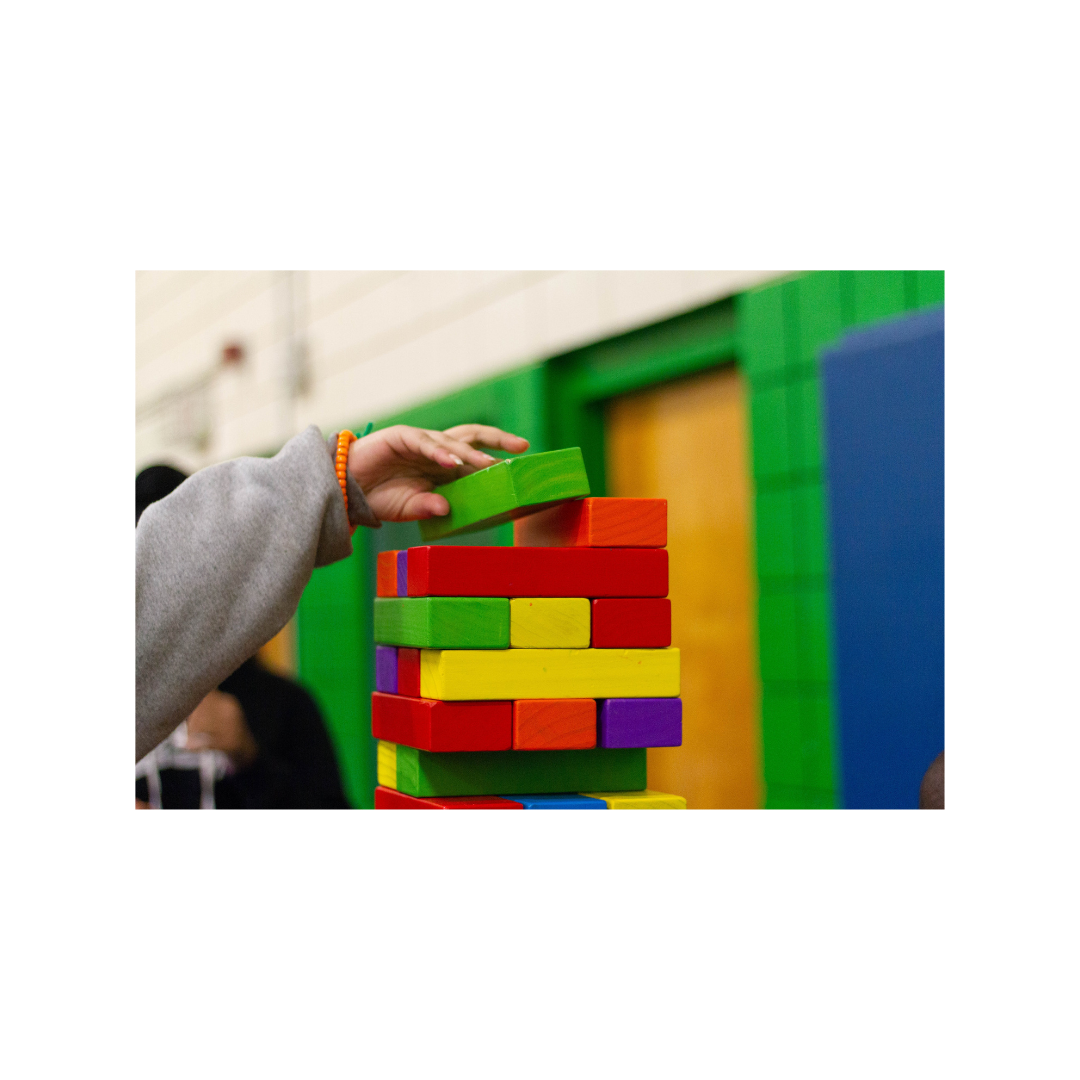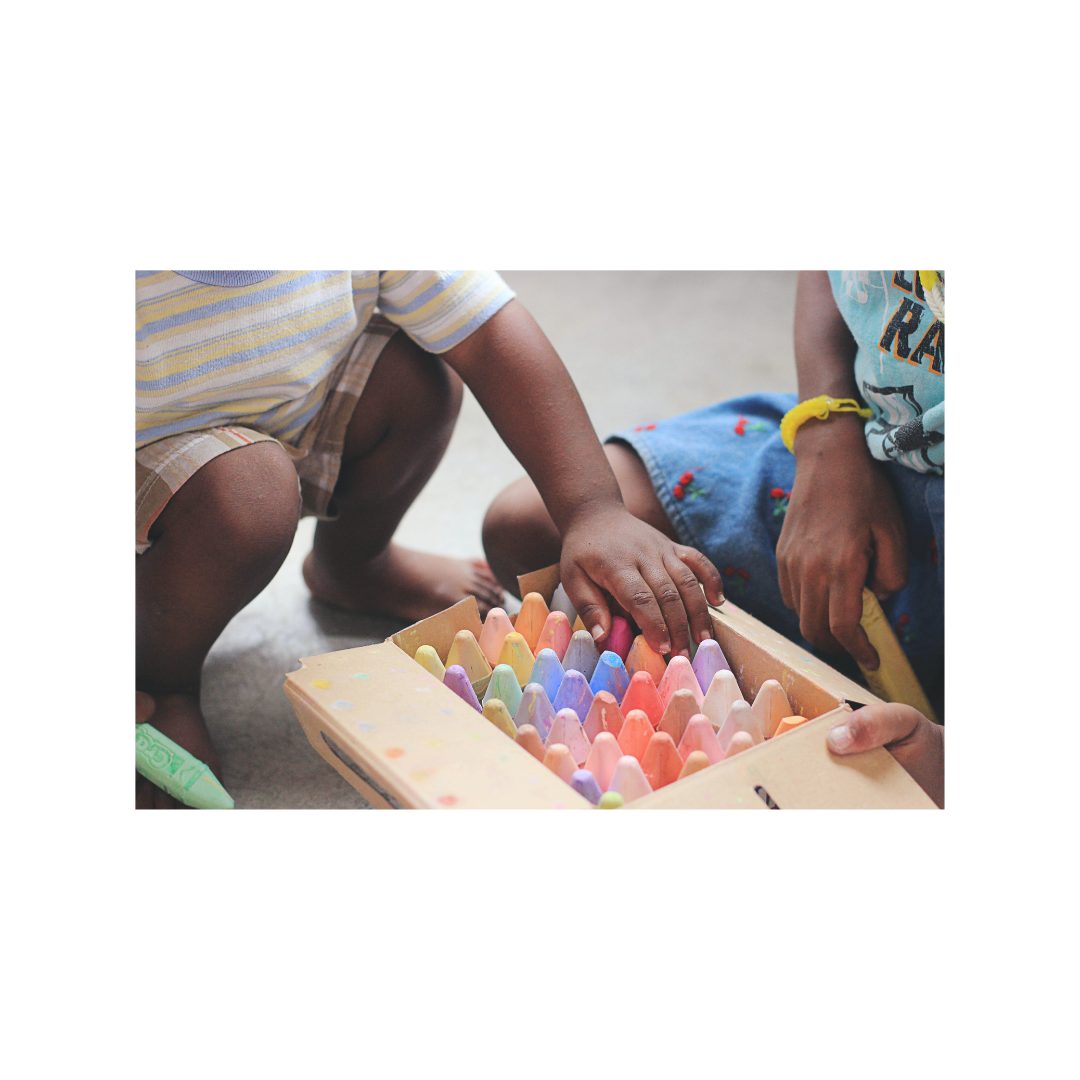7 Ways to Create A Montessori Home Environment
The benefits of Montessori education don’t need to stop at your child’s school — in fact, extending the principles of Montessori into your home can build consistency for your child and reinforce their learning.
Below we’ve gathered the seven best ways you can create a Montessori home environment in your home.
What Is Montessori?
Before we delve into how to create a Montessori home, let’s take a look at what Montessori education is.
According to the American Montessori Society, “Montessori education is student-led and self-paced but guided, assessed, and enriched by knowledgeable and caring teachers, the leadership of their peers, and a nurturing environment.”
This means that Montessori classrooms revolve around the goals of individual students, not classrooms as a whole. Students have the opportunity to move at their own pace within their classroom community. They are encouraged to explore their creativity, inquire about their interests, and learn at a pace that is right for them while being guided by their teachers and peers. These principles foster a classroom community that creates students who are passionate, self-motivated, independent thinkers.
The History Behind Montessori
The history of Montessori education begins with Dr. Maria Montessori, an Italian educator, physician, and scientist. In 1907, Dr. Montessori opened Casa dei Bambini, or “Children’s House,” in Rome’s destitute inner-city [1]. These children had never been taught before, and while at first, they were unruly, Dr. Montessori found that they could be taught with a unique mix of engaging materials, freedom within defined boundaries, and respect for each child’s unique curiosities. These children didn’t just learn, though — as you see in the glazed-over faces of many bored children in public schools — these children became eager to learn and invested in their classroom community.
With the success of the first Casa de Bambini, Dr. Montessori opened several more of these schools throughout Italy. The movement continued to grow throughout Europe, and today there are Montessori schools all over the world.
What Is a Montessori Home Environment?

One of the largest tenants of Montessori education is the environment — and your home is no different. Setting up your Montessori home is crucial, but where to begin?
One of the biggest tips for realigning your home for Montessori is to realize that your child is capable of more than you think. A Montessori home environment will help your child delve into their curiosities, find a sense of independence, and explore the boundaries of their own capabilities.
However, we understand that your home is not a dedicated classroom space or a heaping toy bin. Below are seven tips to help you create a Montessori home environment that is clean and functional for both child and parent.
Tips to Help Create a Montessori Home for Kids

1. Limit and Rotate
To create a Montessori home environment, you need to bring almost everything in your home down to your child’s level. However, this must be done in a way that doesn’t overwhelm them. Concerning things like clothing and toys, it is a good idea to pare down the options and rotate them.
With toys, keep a limited amount available, but rotate them every few weeks. This means that toys and cleanup don’t become overwhelming and ensures the children don’t get bored.
The same thing applies to clothing — giving your child access to a limited number of clothing options empowers them to make their own wardrobe choices and put clothes away independently.
2. Organize
“A place for everything and everything in its place” is the motto here. However, not from your perspective. The organization of your Montessori home in a child-friendly way means that your child knows there is a place for everything and has the ability to put everything in its place. This might mean:
- Storing toys on low, open, easy-to-reach shelving. This will help your child clearly see their options and return objects to their place when finished.
- Storing your child’s clothing in low baskets or drawers that they can access on their own, allowing them to dress themselves and put their own clothes away.
- Placing stepstools in bathrooms and kitchens so your child has access to wash their hands or help with meal preparation in the kitchen.
- Keeping beverages and healthy snacks on low shelves in your refrigerator so your child can access them on their own. This also applies to cups, plates, bowls, silverware, etc.
3. Turn Off the TV
It’s well known that children, especially young children, should have limited amounts of screen time. In fact, the American Academy of Pediatrics recommends that children under 2 don’t watch any TV. Watching TV may deprive your child of social contact and communication with family and hinder the development of their language. A Montessori home will favor books and play over screen time.
4. Observe
Pay attention to your child without interfering with their activity. A Montessori home environment should foster concentration and focus. Pay attention to whether your child is keeping their space in order, if they are fully immersed in their current task, and when boredom strikes. How can you change the environment to better suit their needs? Observe what your child is drawn to, and ensure that there are ample opportunities to pursue those interests.
5. Household Chores
Including your child in household chores and activities is an amazing way to encourage and empower your child to create control and awareness of their movements, awareness of their environment, responsibility for their actions, and independent work habits. Children can help with tasks such as:
- Putting groceries away
- Pouring their own drinks
- Putting away clothing
- Vacuuming
- Setting the table
- Organizing toys
A Montessori home will have appropriately child-sized items, such as brooms, mops, and utensils to help set your child up for success in these areas.
6. Get in the Kitchen
Having your child help in the kitchen can be a little messier and take a little more time. However, the benefits are worth the extra effort. Cooking with your child will not only help them learn about how to choose and prepare healthy foods for themselves but also sharpen their coordination and provide a unique bonding experience for you and your child.
7. Playtime
Creating a Montessori home environment means offering toys to your child that will instill joy and fulfillment, while oftentimes being educational. Toys like puzzles will offer a sense of accomplishment to your child as they play. Playtime for your child should encourage them to be creative, inquisitive, and purposeful.
The Benefits of a Montessori Home Environment

The benefits of a Montessori education don’t need to stop in the classroom — in fact, when you create a Montessori home environment, you provide the consistency that helps your child further their own learning. Bringing the philosophies of Montessori into your home will help your child foster high self-esteem, a deep love of learning, internal motivation, a sense of independence, and kindness and respect for themselves and those around them. To learn more about enrichment at home, check out this homeschooling article from Outschool.

